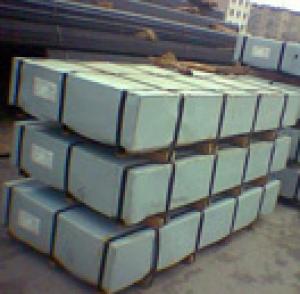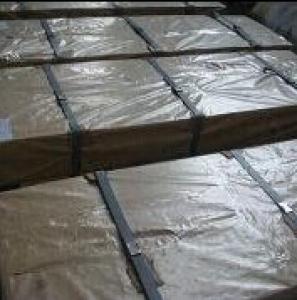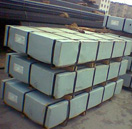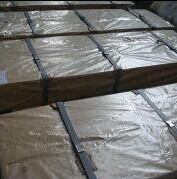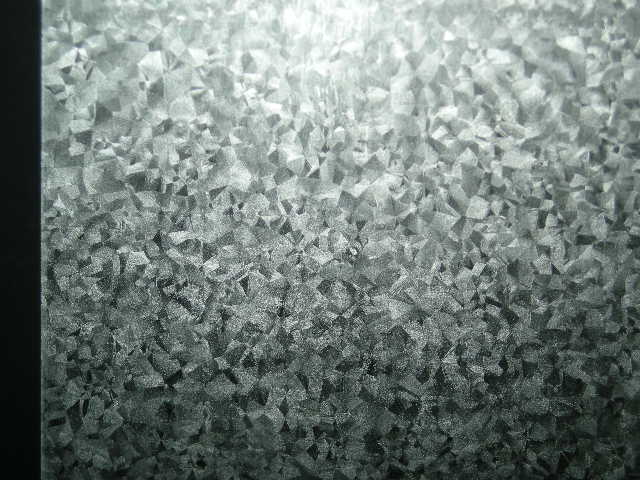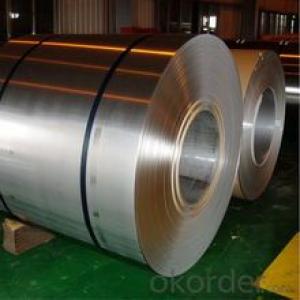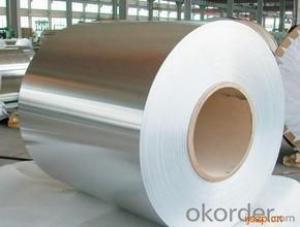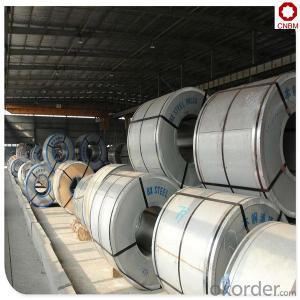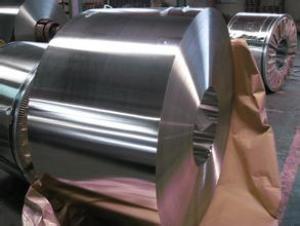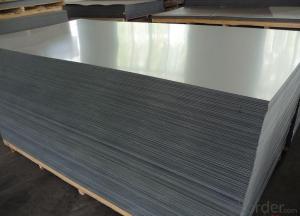Hot-dip Galvanized Steel Sheet
- Loading Port:
- China Main Port
- Payment Terms:
- TT OR LC
- Min Order Qty:
- -
- Supply Capability:
- -
OKorder Service Pledge
OKorder Financial Service
You Might Also Like
Hot dip galvanized steel coil
Our Specification:
Product name
| Hot dip galvanized steel coil |
thickness | 0.13mm-2.0mm |
width | 600mm-1500mm 900mm,914mm,1000mm,1200mm,1250mm,1500mm |
zinc coating | 30g-225g
|
standard | ASTM, AISI, DIN, GB |
material | SGCC,DC51D,DX51D,DX52D,SPCC,SGCD,Q195,SGHC |
surface structure | zero spangle, regular spangle or normal spangle |
surface treatment | Mini/regular/ big/zero spangle,Chromate treatment L/Y/LY/GZ |
packing | Standard seaworthy export package |
payment | T/T,D/P or L/C |
min order | 25 ton/tons |
delivery time | within 15-20 days upon receipt original L/C or prepaid money |
Our Application:
Construction | the building roof plate, roof grille etc. |
Light industry | the home appliances with its shell, civil chimneys, kitchen appliances etc. |
Automobile | corrosion resistant parts of car etc. |
Farming livestock and fishing | food storage tools; frozen processing equipment of meat and aquatic products etc. |
Commerce | storage and transportation of materials, packaging equipment etc. |
- Q: I just got this aftermarket exhaust on my truck and it's recommended that it be welded, but the metal is aluminized steel. How do I mig weld aluminized steel?
- aluminized steel is just std steel with a coating applied to it to keep it from rusting. It welds just like std mild steel. You need to prep the joint and thats it. Use a wire wheel, brush, sandpaper or what ever to clean the joint of the pipes where you will weld. You don't have to get too crazy here. Just a quick brush/wipe with sand paper over the joint and your ready to weld. For mig welding, I would use a 75/25 gas mix, .023 or .030 solid steel wire, around 50-70 amp setting (on most migs this will be #2 heat setting) and around 3/10th to 4/10th wire speed. (some welders will list 0-10, others 0-100, so figure your scale, like 0-10 it would be 3-4, one that list it by 10's then it would be 30-40)
- Q: How are steel coils used in the manufacturing of metalworking tools?
- Steel coils are a crucial component in the manufacturing of metalworking tools. These coils, which are typically made from high-quality steel, are used in various stages of the production process to create different types of metalworking tools. One of the primary uses of steel coils in the manufacturing of metalworking tools is for the production of blades and cutting tools. The coils are typically cut into specific lengths and then shaped and sharpened to create the blades that are used for cutting, shaping, and milling various metals. The high-quality steel used in these coils ensures that the resulting blades are durable, strong, and capable of withstanding the demanding conditions of metalworking processes. Steel coils are also used in the manufacturing of drill bits and other types of metalworking tooling. The coils are shaped and machined to create the desired size and shape of the tool, and then hardened and tempered to increase their strength and durability. This ensures that the resulting tools can withstand the high-speed drilling and cutting operations involved in metalworking. Furthermore, steel coils are used to create the bodies and handles of metalworking tools. The coils are typically formed into the desired shape and size using various forming techniques such as bending, rolling, and stamping. These formed pieces are then welded or fastened together to create the final structure of the tool. The high-quality steel used in the coils ensures that the resulting tool bodies and handles are strong, rigid, and capable of withstanding the forces and vibrations associated with metalworking operations. In summary, steel coils play a vital role in the manufacturing of metalworking tools. They are used to create blades, drill bits, bodies, and handles, providing the necessary strength, durability, and precision that are required in metalworking processes. These coils are an essential raw material that enables the production of high-quality, reliable, and efficient metalworking tools.
- Q: What are the different methods of slitting steel coils?
- There are several methods of slitting steel coils, including rotary slitting, wobble slitting, and crush cutting. Rotary slitting involves using circular knives to cut through the steel coil, while wobble slitting uses a wobbling blade that moves from side to side. Crush cutting, on the other hand, involves crushing the steel coil between two rotating blades to create a clean cut. These methods offer different advantages and are chosen based on the specific requirements of the steel coil slitting process.
- Q: Describe and explain how the differences in the properties of the thee main types of steel allow them to be used in different ways. I have some chemistry homework due in for tomorrow (yes I know i left it a bit late but I really don't like chemistry) and I would love it if I could actually at least pretend to my teacher that I know what she's on about this lesson because honestly, I really don't know what she spends so long telling us all. Any help would be appreciated and points for the best answer!
- TYPES OF STEEL: CARBON STEEL ============= Steels containing 0.2% C to 1.5% C are known as carbon steel. They are of three types. Low Carbon Steel It contains 0.2% carbon. Uses: Sheets, wires, pipes. Mild Carbon Steel It contains 0.3% to 0.7% carbon. Uses: Rails, boilers, plates, axles, structures. High Carbon Steel It contains 0.7% to 1.5% carbon. Uses: Surgical instruments, razor blades, cutlery, spring. STAINLESS STEEL =============== It contains 14% to 18% chromium and 7% to 9% nickel. Uses: Car accessories, watch case, utensils, cutlery. ALLOY STEEL ============= There are three types of alloy steel. Mn-Steel It contains 10%-18% Mn. Uses: Rail tracks, armor plate, safe. Si-Steel It contains 1% to 5% Si. Uses: Permanent magnet. Ni-Steel It contains 2% to 4% Ni. Uses: Machine components, Gear, shaft, cable. :) Ref. www.google .in/search?q=wikiso...
- Q: How are steel coils used in the production of railway tracks?
- Steel coils are a crucial component in the production of railway tracks. These coils are typically made of high-quality steel and are used to manufacture the rails that form the foundation of the tracks. The process begins with the steel coils being unwound and fed through a series of machines that shape and form them into the desired rail profile. The steel coils are first passed through a rolling mill, where they are gradually flattened and shaped into long strips of steel. This process is known as hot rolling, as the steel is heated to high temperatures to make it more malleable. The rolling mill applies immense pressure to the steel, gradually transforming it into the desired rail shape. Once the steel coils have been rolled into the required shape, they are then cut into individual rail lengths. These lengths can vary depending on the specifications of the railway track being produced. The rail lengths are then further processed to remove any imperfections and straighten them out. After this initial shaping and processing, the rails are subjected to a series of additional treatments. These treatments may include heat treatment to enhance their strength and durability, as well as various surface treatments to prevent corrosion and wear. Once the rails have undergone all the necessary treatments, they are ready to be installed on the railway track. They are laid out in a carefully planned pattern, with each rail securely fastened to the sleepers or ties. The continuous length of steel provided by the coils ensures a seamless and uniform track, allowing trains to travel smoothly and safely. In summary, steel coils play a vital role in the production of railway tracks. They are used to manufacture the rails that form the foundation of the tracks, ensuring durability, strength, and a smooth surface for trains to run on. The use of high-quality steel coils in this process is essential to ensure the safety and efficiency of railway transportation.
- Q: How are steel coils labeled for identification?
- Steel coils are typically labeled for identification using stickers or tags that contain information such as the coil number, dimensions, weight, grade, and other relevant details.
- Q: What are the common packaging methods for steel coils?
- The common packaging methods for steel coils include wooden pallets, steel strapping, and protective wrapping such as shrink wrap or stretch film. Additionally, steel coils are often secured with steel bands or wire ties to ensure stability during transportation and storage.
- Q: How are steel coils used in the manufacturing of suspension springs?
- Steel coils are used in the manufacturing of suspension springs as they provide the necessary strength and resilience to support the weight of the vehicle and absorb shocks and vibrations. The steel coils are shaped and formed into the desired spring shape, which allows them to effectively compress and expand to absorb and distribute the impact and forces experienced during vehicle movement and road conditions.
- Q: Can steel coils be coated with aluminum?
- Yes, steel coils can be coated with aluminum. The process is known as the hot-dip method, where the steel is first cleaned and then dipped into a bath of molten aluminum. This results in a protective layer of aluminum coating on the steel surface, enhancing its corrosion resistance and providing aesthetic appeal.
- Q: Can anyone tell me what that means. I have seen it on knife blades an such. I am assuming it's a formula for the strength of the metal. who does that scale work, and please keep it simple.
- The number just indicates which class of steel alloy it belongs. Yours happens to be a 400 series and happens to have no Nickel in it (440 Steel) and a higher amount of carbon (Nickel is very common in steel) When I say alloy, I'm referring to the different chemical formulas and processing of steel which vary for different uses like industrial use, medical use or decorative use. Think of the different alloys like the types of soft drinks out there. Coke, Pepsi and Dr. Pepper. They all have very similar chemical formulas; yet differ with their secret ingredients which is apparent in the taste.
Send your message to us
Hot-dip Galvanized Steel Sheet
- Loading Port:
- China Main Port
- Payment Terms:
- TT OR LC
- Min Order Qty:
- -
- Supply Capability:
- -
OKorder Service Pledge
OKorder Financial Service
Similar products
Hot products
Hot Searches
Related keywords
